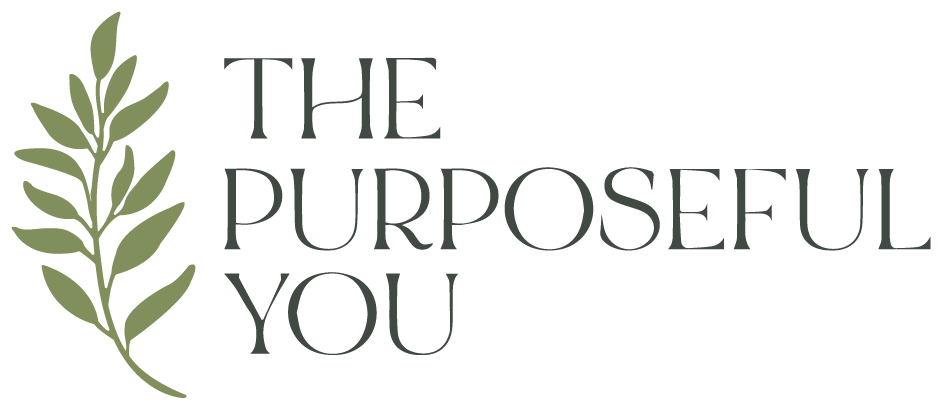How to Grow Onions from Planting to Harvesting
Welcome to an easy and informative blog post on growing onions from starts! What I mean by starts is they have started inside, the roots have formed and you can plant right outside in late winter or early spring! You can grow onions from seed and sets (baby bulbs) but I find the easiest way is to purchase organic starters from my local nursery. I am here to tell you, you don’t have to do ALL the things to be a gardener. Find the balance to ensure you’re enjoying yourself.
This year our onions did so well I had to share all of our secrets! They probably aren’t secrets but a few key things we did this year made a HUGE difference for the size of our onions compared to last year. Here’s a detailed guide on how to grow these flavourful bulbs from starts, ensuring you get a bountiful harvest of onions by mid-summer.
Choosing the Right Onion Starts
When selecting onion starts, consider the varieties best suited for your zone. We are Zone 9 in Canada (a very unique microclimate on Vancouver Island). Both red and yellow onions come in short-day, intermediate-day, and long-day types. For us, short-day onions are ideal because they begin to form bulbs when daylight hours are between 10-12 hours, which typically occurs during the early spring months. A Canada zone 9 is very different than say zone now in Florida so look up the best onion type for your region.
Preparing the Soil
Onions prefer loose, well-draining soil rich in organic matter. Here’s how to prepare your soil:
Soil Testing: Test your soil’s pH level; onions thrive in a pH range of 6.0 to 7.0.
Amendments: Incorporate plenty of compost or well-rotted manure into the soil to improve fertility and drainage. Onions are heavy feeders, so enriching the soil is crucial! I love to add worm casting as well when I plant
Soil: Till the soil to a depth of at least 6-8 inches to break up any clods and remove rocks or debris that might hinder root growth.
Planting Onion Starts
Timing: In Zone 9, plant onion starts in February to early March, when the soil is workable, and the threat of hard frost has passed. This allows you to have big bulbs by July and make space for a fall garden plan
Spacing: Plant the starts 1 inch deep and 4-6 inches apart in rows spaced 12-18 inches apart. This spacing ensures each plant has enough room to develop a healthy bulb. You can plant the rows a little further apart if you are growing carrots in between which is a great companion plant.
Planting Technique: Place each start in the hole, cover with soil, and gently firm it around the base to ensure good contact.
Watering
Proper watering is crucial for onion development. Onions need consistent moisture, especially during the bulbing stage. Here are some tips:
Regular Watering: Water the onions regularly, aiming to keep the soil consistently moist but not waterlogged. Overwatering can lead to rot, while underwatering can stress the plants and reduce bulb size. Since we do this in raised beds, I did water almost everyday once the weather got warmer
Mulching: I don’t mulch, I have compost rich soil and tend not to mulch,
Deep Watering: Ensure that water penetrates deeply into the soil, encouraging the roots to grow downwards.
Fertilizing
Onions benefit from a balanced fertilizer regimen:
Initial Feeding: At planting time, I planted with worm casting and a little bit of all purpose fertlizer
Spring feeding: About three weeks after planting, I tend to use a all natural fish or seaweed fertilizer and I do this again in June.
Avoid Over-Fertilizing: Too much nitrogen late in the season can delay bulb formation and lead to overly lush foliage at the expense of bulb development. I tend not to do ANYTHING as I know my soil is very compost heavy.
Weed Control
Weeds compete with onions for nutrients and water. Keep the beds weed-free by:
Mulching: A thick layer of mulch helps suppress weed growth- we just use an OMRI-certified organic soil that is rich in compost so we don’t have much weed growth in our raised beds
Hand Weeding: Gently remove weeds by hand to avoid disturbing the shallow onion roots.
Pests and Diseases
Onions can be susceptible to pests and diseases. Monitor your crop regularly and take action if needed:
Common Pests: Watch for onion maggots, thrips, and aphids.
Disease Prevention: Ensure good air circulation by not planting onions too closely. Rotate crops to prevent soil-borne diseases, and avoid overhead watering to reduce the risk of fungal infections. PLUS we like to plant borage, strawberries or carrots in the same bed as good companions, we had NO pests this year.
Harvesting
By mid-summer, your onions will be ready to harvest:
Signs of Maturity: Onions are ready to harvest when the tops begin to yellow and fall over or they are at the size you need.
Harvesting Technique: Gently lift the bulbs out of the soil with a garden fork or shovel. Be careful not to bruise the onions, as this can lead to rot.
Curing: Lay the onions out in a warm, dry, and well-ventilated area for about two weeks. This allows the skins to dry and toughen, extending their storage life. I like to hang them upside down or like below as you want to get all the moisture out of the bulb so it doesn’t rot when stored.
Storing
Store cured onions in a cool, dry, and dark place. Mesh bags or ventilated crates work well for this purpose. Properly stored onions can last several months, providing you with a fresh supply throughout the fall and winter.
If you’re looking for a great recipe to enjoy your onion harvest, check out my recipe for Quick Pickled Onions! Happy gardening!
* Note: Some links featured in the above post are commissionable/affiliate links.









